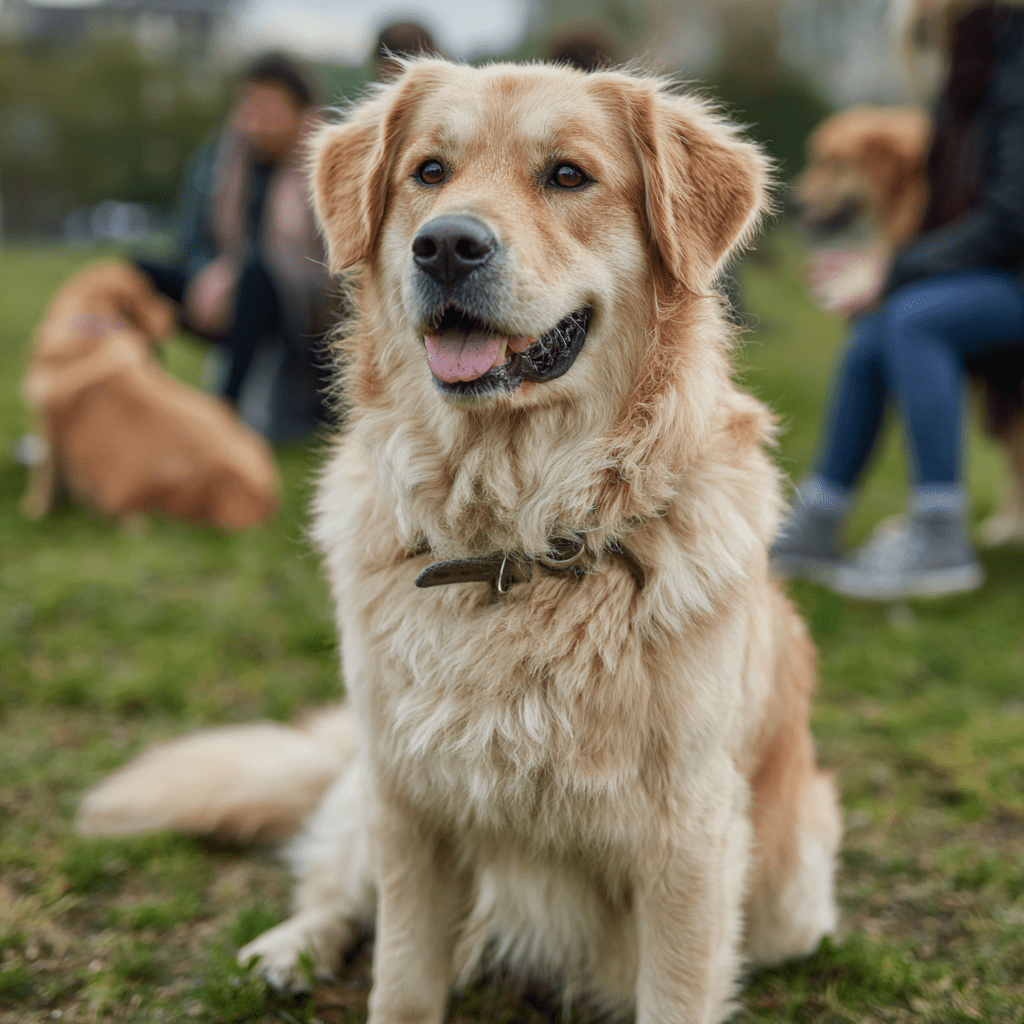Introduction
Dogs are naturally social animals, but a dog’s ability to confidently navigate the world doesn’t happen overnight—it’s shaped through proper socialization. A well-socialized dog is less fearful, more adaptable, and more enjoyable to live with. Socialization is the foundation for raising a happy, confident companion that can thrive in a variety of environments, from a bustling city to a quiet suburban neighborhood.
In this guide, we’ll uncover the secrets to successful socialization, why it matters, when to start, and the exact steps you can take to raise a well-adjusted dog.
Why Socialization Matters
Socialization isn’t just about letting your dog meet other dogs. It’s about teaching them to feel safe and comfortable in the world around them. Without it, dogs can become fearful or reactive, which may lead to behavioral issues.
Key benefits of socialization:
- Confidence building: Dogs learn to trust new people, animals, and environments.
- Reduced stress: Exposure helps prevent anxiety and fear-driven behaviors.
- Better manners: Socialized dogs are easier to train and less likely to lash out.
- Safer pets: Calm, well-adjusted dogs are safer around children, strangers, and other pets.
The Critical Socialization Period
The best time to begin socialization is during the puppy stage (3–14 weeks old). This is when dogs are most receptive to new experiences. However, adult dogs can still be socialized—it just takes more patience and consistency.
For puppies:
- Expose them to different sounds (vacuum cleaners, cars, doorbells).
- Let them meet a variety of people—different ages, genders, clothing styles.
- Introduce them to safe dogs and puppies.
- Allow them to explore different textures (grass, carpet, tiles, sand).
For adult dogs:
- Start slow and gentle with exposure.
- Use positive reinforcement (treats, praise).
- Avoid overwhelming environments at first.
How to Socialize Your Dog Step by Step

1. Start with People
Invite friends and family members over, making sure each interaction is positive. Encourage calm petting and treat-giving. Expose your dog to people wearing hats, sunglasses, or uniforms.
2. Introduce Other Dogs
Choose calm, well-mannered dogs for introductions. Use leashes in neutral territory (like a park). Reward good behavior and keep encounters short at first.
3. Expose to Different Environments
Take your dog on car rides, walks in busy streets, or visits to pet-friendly stores. Let them experience elevators, stairs, and automatic doors.
4. Encourage Handling
Touch your dog’s paws, ears, and mouth gently. This prepares them for vet visits and grooming. Pair handling with treats so they associate it with positivity.
5. Add Sounds and Surfaces
Play recordings of thunderstorms, fireworks, or city noises at low volumes while offering treats. Let your dog walk on gravel, wooden floors, and grass so they’re adaptable.
Common Mistakes to Avoid
- Going too fast: Overwhelming your dog can backfire and cause fear.
- Forcing interaction: Never push your dog to approach if they’re uncomfortable.
- Skipping reinforcement: Always reward positive interactions to reinforce good behavior.
- Assuming socialization is “once and done”: It’s a lifelong process that should continue into adulthood.
Using Positive Reinforcement in Socialization
Positive reinforcement is your best tool. Each time your dog responds calmly in a new situation, reward them with a treat or verbal praise. This creates a strong association between new experiences and positive outcomes.
Examples:
- Dog meets a stranger → gets a treat.
- Dog hears a loud sound and stays calm → gets playtime.
- Dog calmly greets another dog → gets praise.
Socialization Activities to Try
- Puppy classes: Safe, controlled environments with other puppies.
- Dog-friendly cafés or patios: Exposure to crowds and smells.
- Pet events or adoption fairs: A chance to meet people and pets.
- Playdates: Regular meetings with other dogs help develop social skills.
Socializing Shy or Fearful Dogs
Some dogs may have missed the critical window or experienced trauma. With them, patience is crucial:
- Use shorter, low-stress sessions.
- Never punish fear-based reactions—it increases anxiety.
- Focus on one new experience at a time.
- Celebrate small wins—progress matters more than speed.
Long-Term Socialization: It Never Stops
Socialization doesn’t end after puppyhood. To maintain your dog’s confidence, continue exposing them to new environments, people, and experiences. Lifelong socialization helps prevent regression into fearfulness or aggression.
Conclusion
Raising a confident, well-behaved dog isn’t luck—it’s the result of consistent, positive socialization. By carefully introducing your dog to people, places, animals, and experiences, you’re shaping a lifetime of trust and happiness.
Remember: a well-socialized dog is not only more enjoyable but also safer, calmer, and healthier. Start small, stay positive, and enjoy watching your furry friend blossom into their best self.
